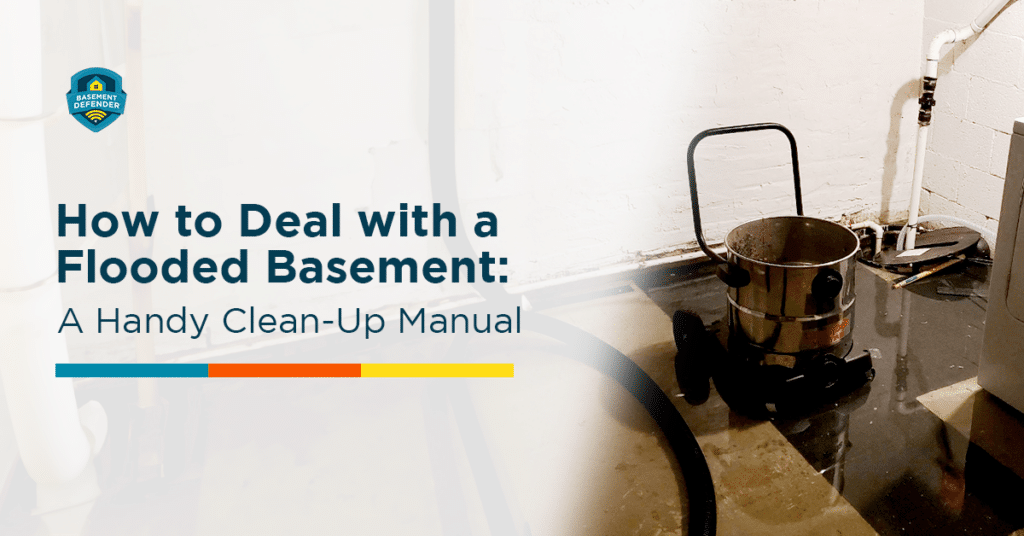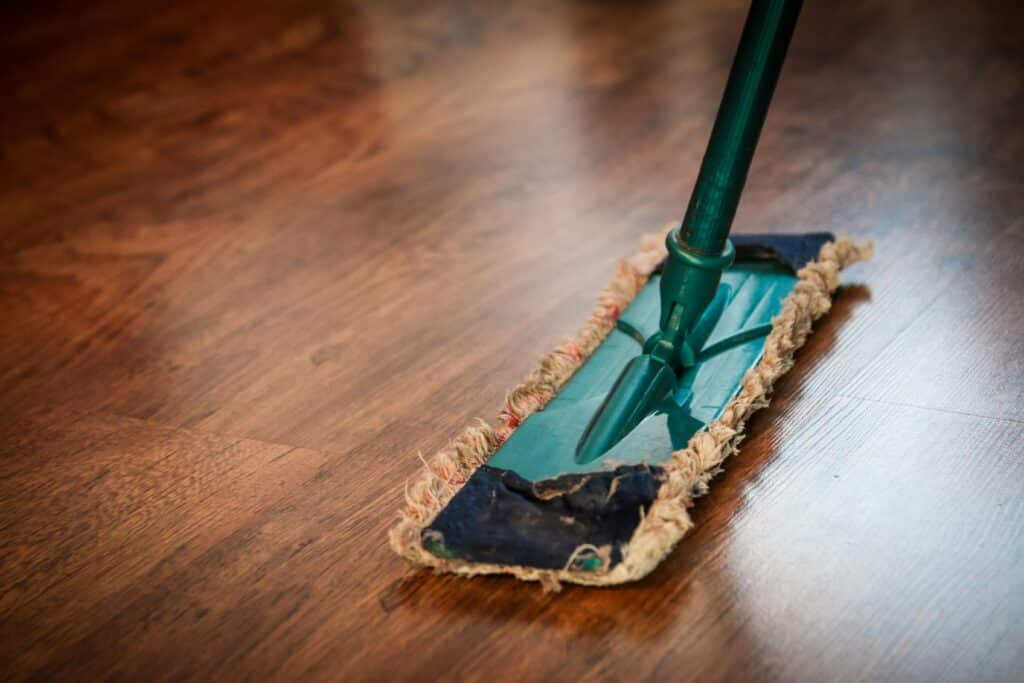
A flooded basement is an all-too-common occurrence that can financially burden homeowners across the United States. Around 14.6 million US homes are at risk of flooding, which can lead to costly repairs and considerable damage to your home’s structure.
But here’s the good news: you don’t have to face this ordeal alone. From the experts at Basement Defender, learn how to deal with a flooded basement and minimize the damage through proper preparation, knowledge, and equipment.
In this comprehensive guide, you’ll get invaluable insights and tips for cleaning a flooded basement. Read on to navigate these challenges and take control of the situation.
Dealing with a flooded basement can be daunting, but don’t worry! Here are some practical tips on tackling it like a pro, helping you confidently navigate from preparation to clean-up and prevention.
A sump pump system pumps out excess water that collects in your sump pit or basin and directs it away from your home to a designated drainage area or through a discharge pipe. However, during a power outage or primary pump failure, a battery backup sump pump ensures continuous pumping, preventing water accumulation and flooding.

Flooding caused by a sump pump that stops working or malfunctions is not covered by regular HO-3 policies. If you have a working sump pump in your basement, it’s a good idea to consider adding an endorsement to your policy that will cover this sort of mishap.
Almost all homeowners insurance companies offer sump pump coverage for an additional charge; although it’s likely to pay for itself after a single claim. You may want to consider installing an alarm on your sump pump as well to make sure you’re notified if your sump pump fails.
Relocating items to upper levels or a safe storage area ensures your cherished possessions remain protected against basement water damage, reducing potential losses.
Keep emergency supplies and contact numbers handy to save time, money, and stress during a crisis. Other flooded basement tips include staying informed with weather alerts, regularly checking basement moisture levels, and installing flood monitoring systems or alarms to detect early signs of potential flooding.
Floodwater can conduct electricity, posing a severe risk of electric shocks. Gas leaks are equally dangerous, as they can lead to fires or explosions. You can minimize potential life-threatening incidents and protect your property from further damage by shutting off these utilities during a flood.
Identify and address the source of the water intrusion immediately to prevent more water from entering your basement. It helps limit the extent of damage to your property, preserves the structural integrity of your home, and ultimately saves you money for repairs and restoration.
Visual documentation plays a significant role in the claims process when dealing with flood damage. These photographs serve as a record of the initial condition of the property, helping you secure appropriate compensation for your losses.
One of the most important steps in dealing with a flooded basement is to pump out the water as soon as possible to reduce the damage to your property and prevent mold growth and structural issues.
You can use a pump or a wet vacuum to remove the water from your basement, but follow recommended cleaning and maintenance procedures and wear protective gear. You can also opt for a WiFi sump pump monitor to monitor water levels in your sump pit and alert you of any issues through your device.
After a flood, it’s a must to identify the cause of the flooding as it guides the clean-up process and helps address the underlying issue effectively. Doing so allows you to take targeted actions, whether a failed sump pump, sewer backup, or above-grade flow-over.
Additionally, understanding the type of water is crucial when dealing with a flooded basement. Floodwater can be classified into three categories: clear water (tap or rainwater), gray water (from sinks and appliances), and black water (contaminated with waste).
For instance, if you get black water or sewer backup, you need to call a restoration company due to dangerous bacteria that will require toxic disposal and removal of all affected areas, as well as anti-bacterial cleaning.

Drying out the basement help prevent further damage to your property and protect your health from mold and bacteria. Use fans, dehumidifiers, and open windows to promote airflow and speed up the process.
Also, remember to remove wet materials and carpets to facilitate drying. This step safeguards your family from the health risks of a wet basement and prevents long-term damage to your foundation and walls.
Knowing how to clean a flooded basement properly makes all the difference. Floodwater can introduce a host of contaminants, posing significant health risks. Diligently disinfecting walls, floors, and furniture can effectively kill and remove these pathogens, preventing the spread of illness-causing microorganisms.
Proper disposal helps ensure a clean and safe environment during the recovery process. Dispose of flood-damaged items and black water-contaminated items safely to prevent health hazards and contamination spread.
You can use appropriate materials to seal the cracks and leaks in your foundation and walls and add insulation to improve moisture control. You should also check your drainage systems and ensure they work properly. These proactive measures will help safeguard your basement and minimize the chances of future flooding.
To further protect your basement from water damage, consider installing a smart sump pump monitoring system like Basement Defender, too. A high-technology monitoring device like this ensures that your sump pump is always ready to handle any emergency, monitoring your humidity levels that can rise from a flooding situation other than the sump pit and preventing your basement from flooding altogether.
Dealing with a flooded basement can be an overwhelming and challenging experience for any homeowner. By following the steps in our guide, you can gain valuable insight and knowledge on how to clean up a flooded basement effectively.
Upgrade your home’s flood protection with a smart sump pump monitoring system like Basement Defender. Take control of your basement’s protection today and enjoy a dry and safe environment for years.
Fill out the contact form to reach Basement Defender’s expert team or shop for a top-notch sump pump monitoring system, including backup kits and other accessories!

Roy is a respected authority in the waterproofing industry, with over 40 years of experience under his belt. His company, Perma-Seal, has earned a reputation as Chicagoland’s premier waterproofing contractor, thanks to Roy’s unwavering commitment to quality, integrity, and customer satisfaction.
His latest innovation, the Basement Defender, is a testament to his dedication to providing homeowners with the best possible protection against basement flooding, representing a major leap forward in the industry’s efforts to prevent water damage and save homeowners from costly repairs.